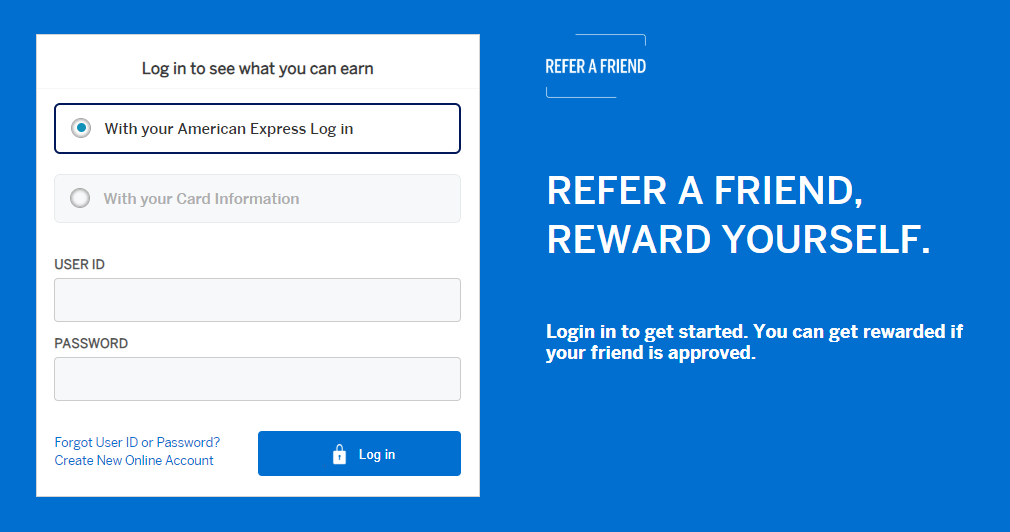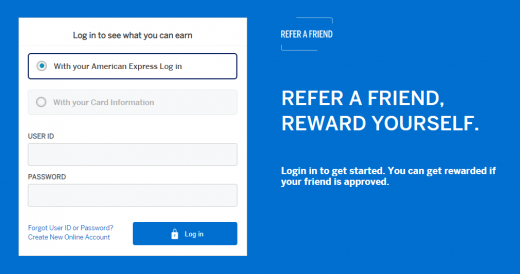AmEx’s Member-Get-Member program is a winner with Millennials, Gen Z
AmEx teaches some important lessons about how to market a referral program successfully.

American Express’s referral program, known as “Member-Get-Member” (MGM) is nothing new, of course. The referral program kicked off in 2011 as an easy way for members to refer their friends to AmEx and get rewarded for doing so.
But recently it’s seen startling success with younger age groups. Some 79% of referrals through the program represent the Millennial or Gen Z age groups – and a statistic like that can hardly be a coincidence.
MGM has also now become AmEx’s second largest consumer acquisition channel, second only to partner channels. We spoke with Jean Castanon, AmEx’s VP of Product Referral Marketing, to find out what’s behind the program’s success.
The program in a nutshell. “At the center of the program,” he said, “is a short referral link that members can share with their friends, and when somebody gets approved for a card, both of them get rewarded. That’s the program in a nutshell.”
In recent years, AmEx has focused on building this out as a scalable program. “We’ve started approaching this as a product,” said Castanon. “I lead a team of product owners and designers that optimize and enable the growth of the program. It’s been extremely successful.”
Personalization and relevance. AmEx has a range of acquisition channels, digital and traditional, such as paid search, display, affiliate channels, and in certain markets direct mail. “What has driven the success of the program is that it’s digitally native,” said Castanon. “Our mobile app is now driving the majority of the referrals. We do a couple of things from a personalization standpoint. We want to be in the right place with the right message for the right person, so there’s an aspect of personalization.”
Personalization is AI-driven, based on data collected with strict observation of data protection and privacy principles. “There’s an aspect as well around the relevancy of the offer. We offer certain card members more relevant incentives to refer a friend.” These incentives can be product based – for example, a Gold Card member might be offered a larger number of reward points – but also contextual. “During the pandemic, we had a successful campaign where we were offering card members and prospects home furnishing discounts.” The rewards component is fully automated.
Sharing the link. Card members use social media, email and text channels to share the short referral link, preferably with family and friends. “Historically there’s been a lot of word-of-mouth with people recommending certain products, but here we provide additional value for our customers for doing it. There needs to be value exchange on both sides for it to be successful, and it needs to be easy to share. The moment you start making it complex to share, it gets hard to scale.”
The link, however, can’t be passed from person to person. Once a referral is approved for membership, they get their own referral link to share. “There are some limitations on the number of points that can be earned in a calendar year, for obvious reasons. We’re very clear that this is to be shared with friends and family, not used to spam people.
Significant value. A typical reward can range from 10,000 to 30,000 points. “It can even go higher for certain products and customers. It’s one of the easiest ways for customers to really boost their points balance. But what has turbo-charged the program is being able to offer richer and relevant incentives to certain customers.”
Why we care. This is a simple and clear set of lessons in how to successfully market a referral program – and it would surely work for loyalty and other programs too. First, there has to be a value exchange, in this case a significant value exchange. Second, the value exchange should be customized and if possible made directly relevant to the customers targeted. Third, keep it simple – no form filling or being directed to other channels. Finally, do it on mobile, because that’s where people are.
The post AmEx’s Member-Get-Member program is a winner with Millennials, Gen Z appeared first on MarTech.
(43)



